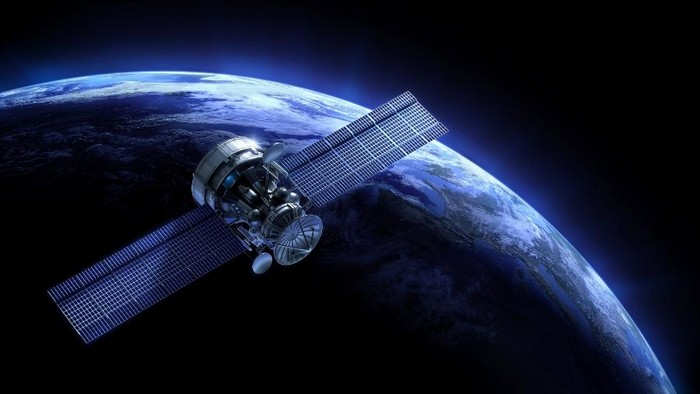Types of Satellites: Exploring Space and Technology
Satellites play a key role in how we communicate, observe the planet and explore space. These small artificial celestial bodies, orbiting around the Earth or other celestial bodies, are responsible for transmitting television and telephone signals, providing accurate meteorological data, capturing images of the Earth and even boosting scientific research.
One of the most common types of satellites are communication satellites. These satellites are located in geosynchronous orbits, approximately 36,000 kilometers above the Earth’s surface, allowing them to remain fixed in relation to a specific point on the planet.
In addition to communication satellites, there are also weather satellites, Earth observation satellites and scientific satellites. Weather satellites are responsible for constantly monitoring atmospheric conditions and collecting data that is crucial for accurate weather forecasts.
What are satellites and how many are there?
Satellites are artificial celestial bodies that orbit around the Earth or other celestial bodies, such as planets or moons. Designed and launched into space, these spacecraft perform different functions such as communication, Earth observation, scientific research and space exploration.
Currently, there are thousands of satellites orbiting our planet. According to data from the International Telecommunication Union (ITU) and the International Astronomical Union (IAU), it is estimated that there are more than 5,000 satellites in Earth orbit. These satellites belong to different countries, government organizations and private companies, each with its own missions and objectives.
What are the names of some satellites?
There are thousands of satellites in orbit around Earth and other celestial bodies, each with its own name and specific mission. These names are assigned by countries, space agencies and companies, reflecting their origins and goals. While some satellites are designed for communication purposes, others are intended for Earth observation, scientific research or space exploration.

Here are some examples of known satellites:
- Communications Satellite: Intelsat, Iridium, Astra, DirecTV.
- Weather Satellite: GOES (Series), MetOp, Fengyun.
- Earth Observation Satellite: Landsat, Sentinel, Terra.
- Science Satellite: Hubble, Chandra, Kepler.
- Navigation Satellite: GPS (Global Positioning System), GLONASS, Galileo.
- Space Exploration Satellite: Voyager, Mars Reconnaissance Orbiter, Cassini.
How many satellites are in orbit?
The number of satellites in orbit around the Earth has increased significantly over the years. Currently, it is estimated that there are thousands of satellites in Earth orbit. These satellites belong to different countries, government organizations and private companies, each with its own missions and objectives.
Although it is difficult to determine an exact number, it is estimated that there are currently more than 5,000 satellites in Earth orbit. These satellites perform a variety of roles, from Earth observation and communication to scientific research and space exploration. The number of satellites in orbit continues to rise as more countries and companies launch their own space missions.
Is there a way to see satellite in real time?
Satellites in orbit around the Earth are visible to the naked eye under certain conditions and circumstances. Although it is impossible to see all the satellites individually in real time due to their large number and continuous movements, it is possible to follow the passage of some bright satellites and observe their movement across the sky during the night.
Here are some options to follow the passing of satellites in real time:
- Heavens-Above: A website that provides information about visible satellite passes, including details such as time, duration, and brightness.
- NASA Spot the Station: A NASA service that allows you to receive email or text message alerts when the International Space Station (ISS) is passing through your area.
- Starlink Tracker: A specific tracker for SpaceX’s Starlink satellites that provides information on when they will be visible from your location.
- Astronomy Apps: There are several apps available for mobile devices that provide information about passing satellites, such as SkySafari, Satellite Tracker and ISS Detector.
How to see the satellite?
To observe a satellite, it is necessary to choose the right moment and be in an area with good visibility conditions. First of all, it is important to obtain information about the times and trajectories of the satellites visible in your region. There are several resources available online, such as websites and apps, that provide accurate information about passing satellites.
There are different types of satellites that can be seen from Earth. Some of the brightest and best known are communications satellites and the International Space Station (ISS). The ISS in particular is easily visible to the naked eye at certain times, and you can find information about the exact times it will be visible in your area through online services such as NASA’s.

Deixe um comentário